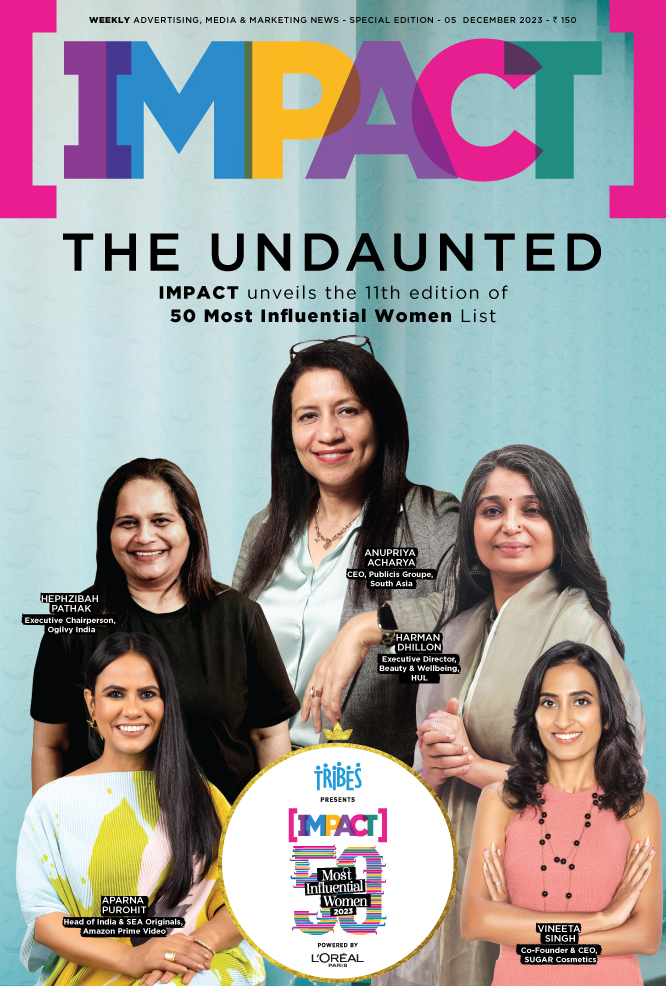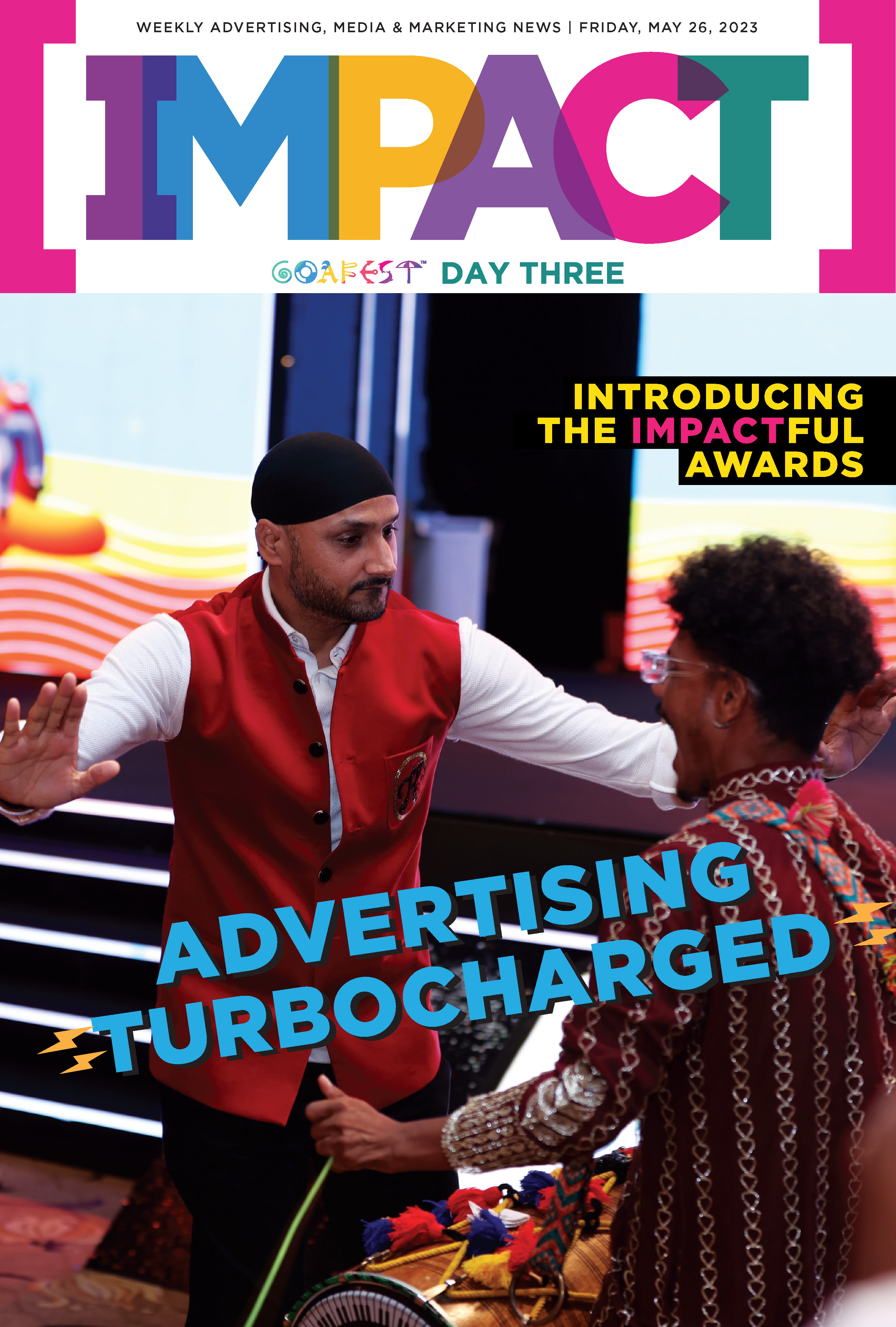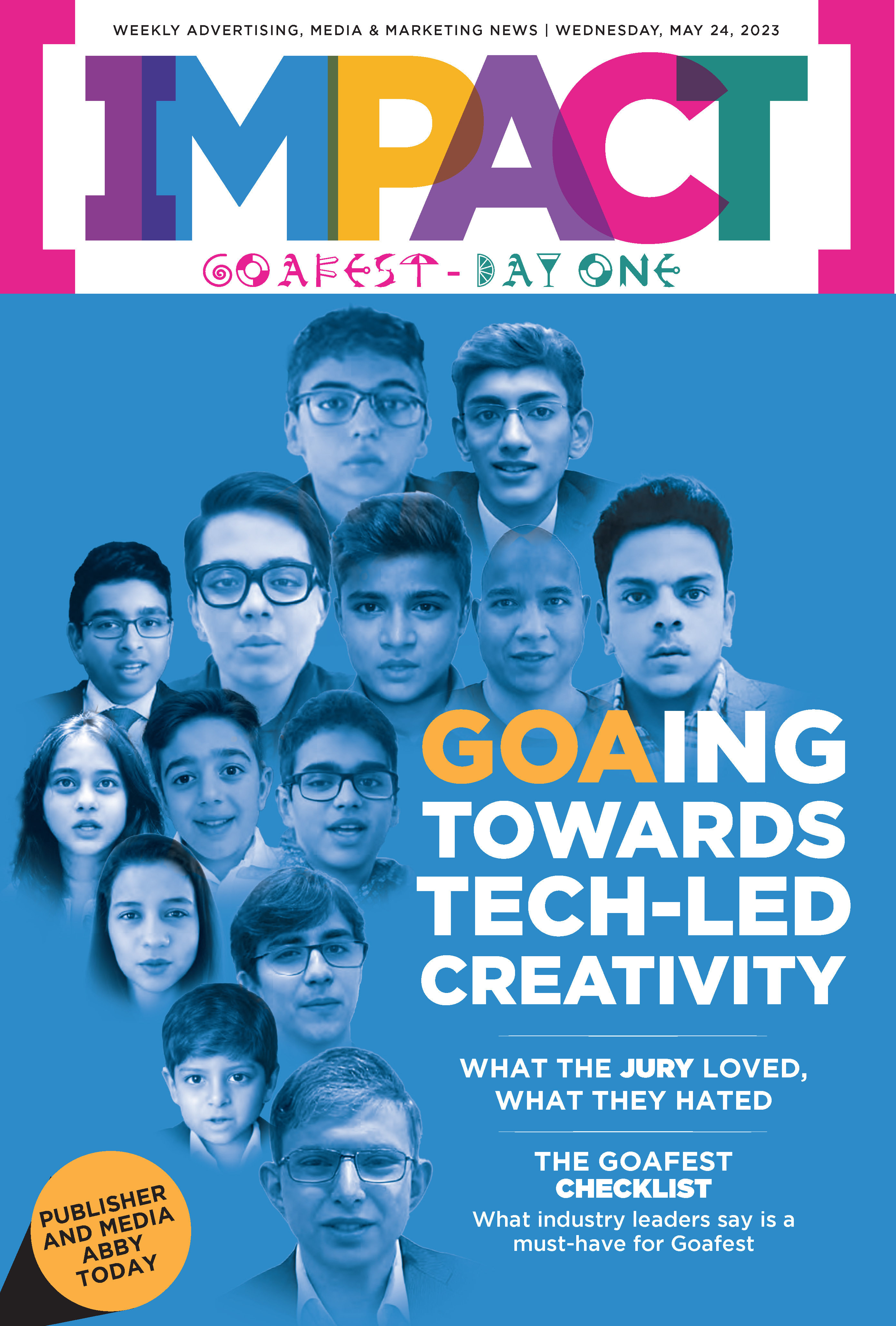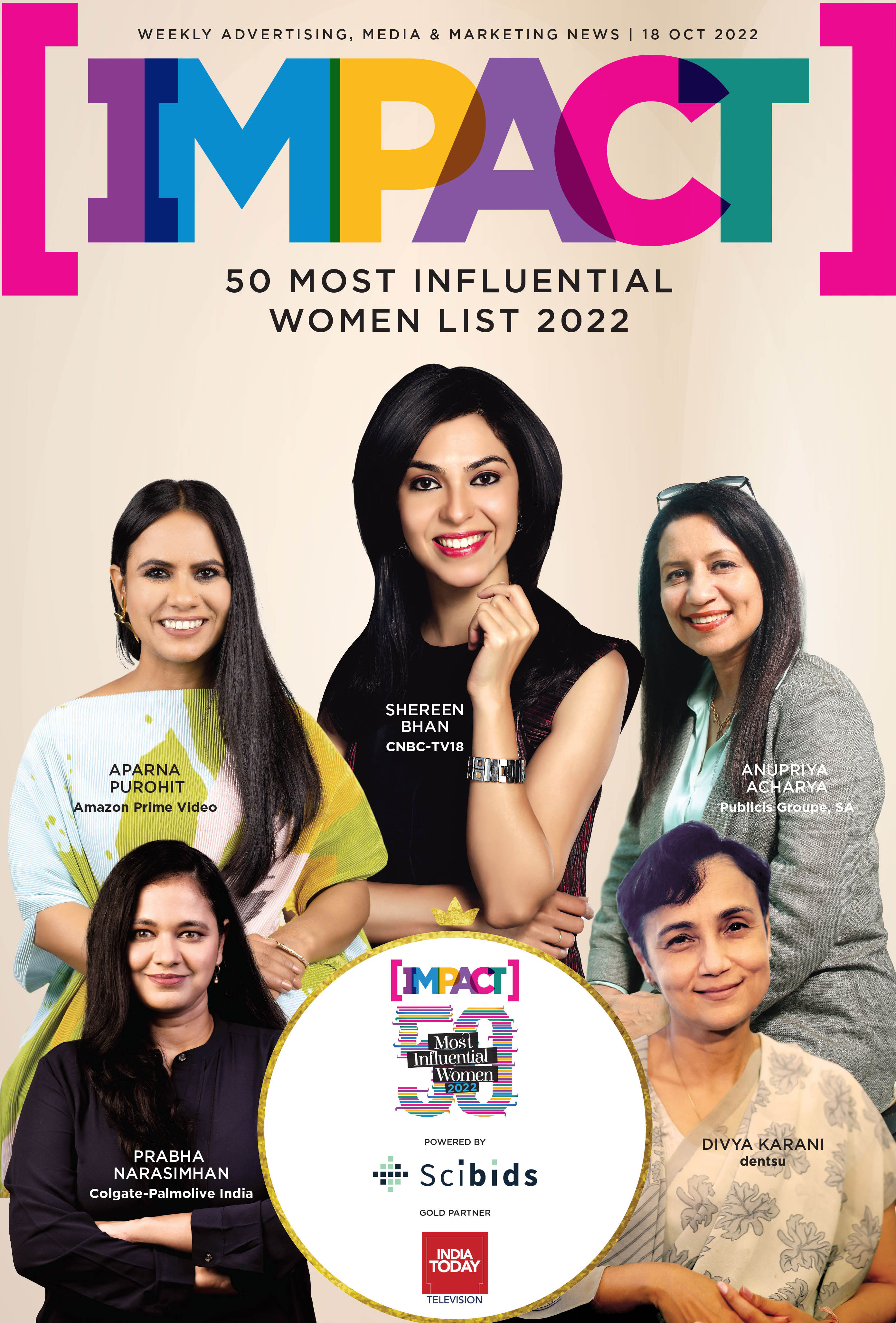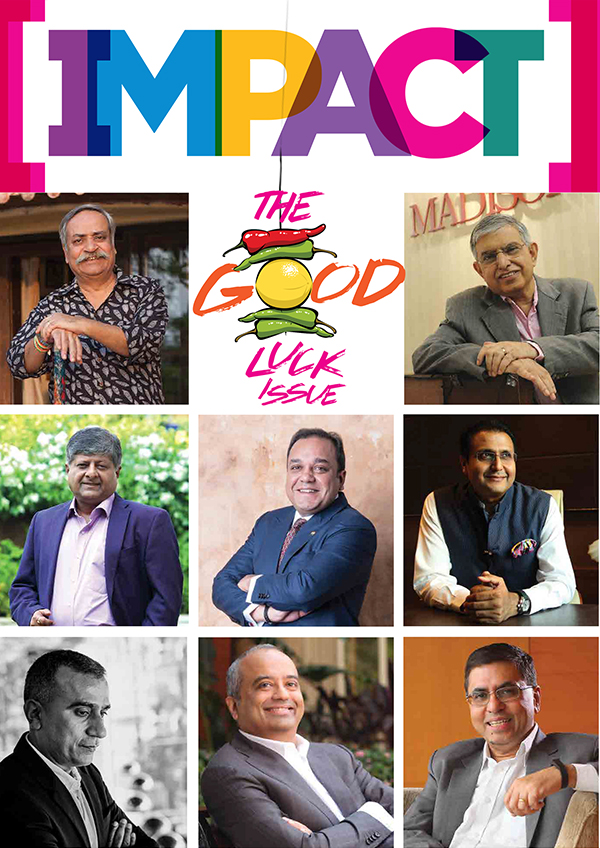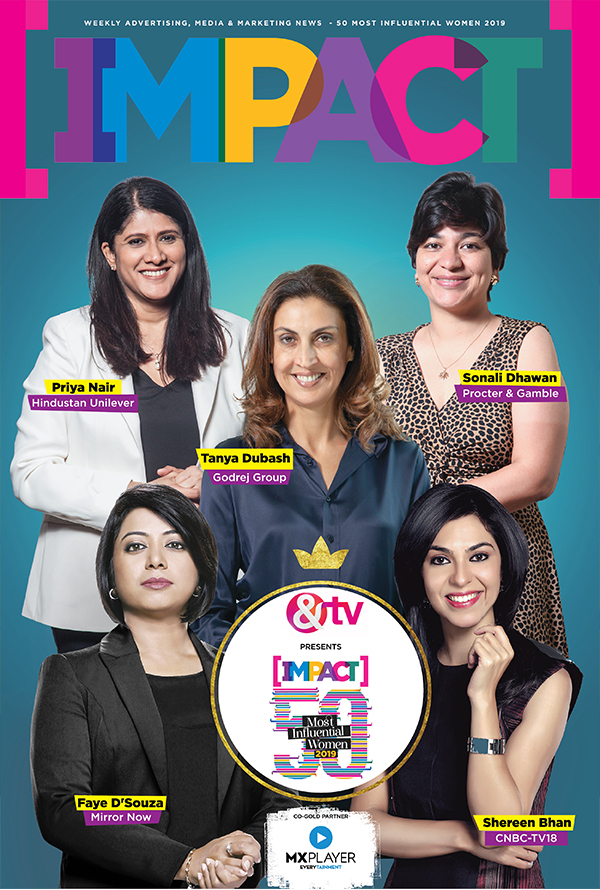In the world of influencer marketing, things aren’t changing slowly. Across platforms, systems, global trends, individual creator impact, and entire industry mechanics - everything seems to move fast, and often unpredictably. In India, especially, this dynamism is amplified. And in that turbulence, brands are forced into a choice: adapt early, or eventually accept that a campaign went off track because they didn’t.
What complicates matters further is the regional dimension. Most brand plans in India are still built keeping just three or four big cities in mind, both at the content planning and conceptualisation level. But what works in those metros rarely sets in with regional audiences. It often lacks connect, misses demographic and geographical understanding, and completely overlooks the emotional sentiments of people. The same creative that feels relatable in a city campaign starts feeling distant or irrelevant once it travels beyond that boundary.
In my view, this regional layer is where the major problem lies. Brands often lag here—not because they don’t want to adapt, but because:
- Decision-makers aren’t mining enough regional data to make timely calls
- They see logical or policy constraints or 'brand standard' rules that clash with regional realities
- Plus there’s often an emotional/sentiment gap: what works in Mumbai might not make sense in South India and vice-versa
When we say 'influencer marketing is changing', we mean it across multiple sectors:
- Platforms shift: new apps, new formats, algorithm changes. Think of how the ban of TikTok in India triggered a scramble of creators to other platforms and formats.
- Systemic shifts: measurement standards, ROI expectations, budgets shifting from macro to micro, short-form to live commerce.
- Global or macro circumstances: supply-chain disruptions, regulatory changes (gambling/“rummy” sentiments being a good example), political or cultural sentiment swings.
- Individual or creator-driven shifts: one influencer’s move can trigger a ripple; credibility issues, authenticity scandals, platform bans—they all force pause or reset.
- Industry evolution: as the creator economy matures, the pool deepens, niches multiply, languages proliferate
So when a brand runs a campaign on the old model (macro influencer + metro language + one-size-fits-all creative), chances are the context has already shifted by the time launch happens. By then, the next change is around the corner.
Here’s where brands tend to stumble: they recognise change is happening, but the regional layer remains under-understood or under-prioritised. Let’s look at why:
Data & decision-making gap
Regional markets are dynamic, but they often lack the structured data ecosystems that certain states of India enjoy. What content drives conversion in Tier-3 Tamil-speaking zones may not show up in high-level national dashboards. Yet many brand teams remain stuck in national-level metrics and ignore the regional subtleties until a campaign fails.
Structural & process misalignment
Brands often run influencer engagements as tactical add-ons rather than as a strategic puzzle piece. Agencies (especially influencer agencies) may not be embedded at strategic level. They get called for execution rather than planning.
What brands (and agencies), especially regionally, should do to keep up?
Given all of the above, here are strategic imperatives to drive differentiation:
Embed regional as a core planning layer
Treat region (language, sentiment, city-tier) not as an afterthought but as a core parameter. Map your influencer strategy accordingly: local creators, vernacular content, region-specific storytelling, local holidays/festivals and sentiment.
Use 'regional sentiment audit' ahead of campaign roll-out
Especially for categories like gaming, financial apps, lifestyle or services—where sentiment can vary regionally (some states aggressively ban something, other states are lax). Do a quick regional sentiment scan: via social listening, influencer-focus groups, regional creator round-tables.
If a region has strong cultural anxiety about something, either adapt the messaging or choose a less risky angle.
Agile measurement + regional monitoring
Set KPIs region-wise (engagement, sentiment, conversion) and monitor in-flight. If one region underperforms, pivot quickly—change creator, change messaging, change offering.
Use real-time cues: creator comments, regional feedback, local share patterns. Since the region-layer evolves quickly, rigid campaign timelines hurt.
Also, invest in regional discovery tools/platforms—brand side or agency side so you’re not reinventing every time.
The truth? Influencer marketing isn’t just about who posts—it’s where, how, in what language, with what local emotional tone, and through which creators. The regional dynamic in India is no longer optional—it’s mission-critical.



.jpg)











